Deck & Commander Strategies
Vrondis, Rage of Ancients
A dragon tribal deck that generates gold counters when dragons enter the battlefield, using these counters to draw cards or deal damage. It aims to build board presence and incrementally wear down opponents through dragon synergy and experience counters.
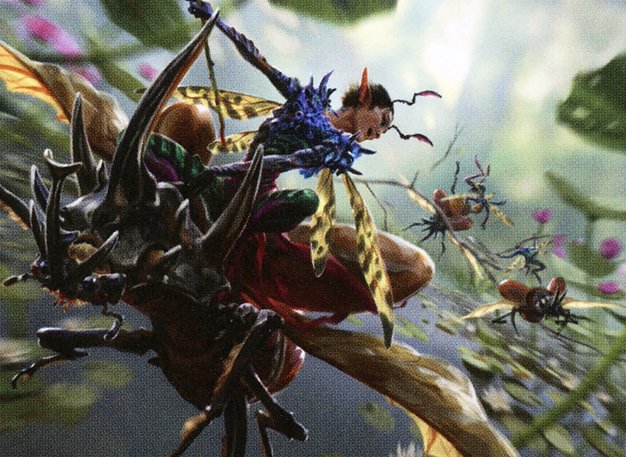
Nymris, Oona's Trickster
A Dimir control deck focused on disrupting opponents with removal, counterspells, and stalling tactics. The goal is to prevent others from executing their strategies, maintaining control over the game state.

Kelsien, the Plague
A Mardu removal tribal deck that emphasizes sacrificing creatures and utilizing removal spells to maintain board control. It seeks to outlast opponents by efficiently removing threats and creating incremental damage via sacrifice synergies.
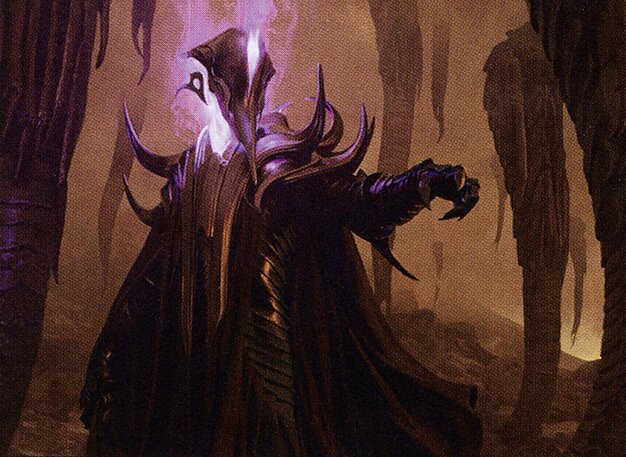
Extus, Oriq Overlord
A sacrifice-focused deck that repeatedly sacrifices creatures to awaken the Blood Avatar, a powerful threat. The deck relies on sacrifice and recursion mechanics to generate value and apply pressure with the Avatar.
Gameplay Insights
- 1
Vrondis’s use of gold counters on dragons to either draw cards or deal damage created a steady stream of value and pressure.
- 2
Extus’s strategy of repeatedly sacrificing creatures to awaken the Blood Avatar kept a formidable threat on the board but required careful resource management.
- 3
Nymris’s control tactics effectively disrupted both sacrifice synergies and dragon tribal strategies, buying time and denying value.
- 4
Kelsien’s removal tribal deck successfully leveraged sacrifice and removal spells to maintain board control and chip away at opponents’ life totals.
- 5
Interactions around sacrifice triggers and dragon abilities were pivotal, with players needing to anticipate timing and responses carefully to maximize their synergies.
Notable Cards
-
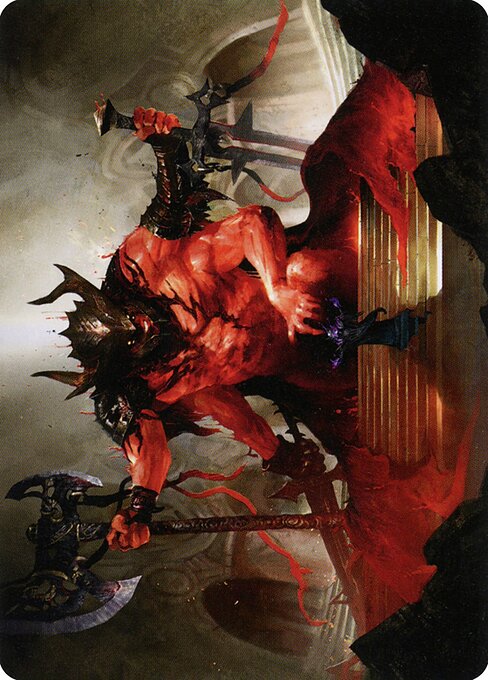
Awaken the Blood Avatar // Awaken the Blood Avatar
-
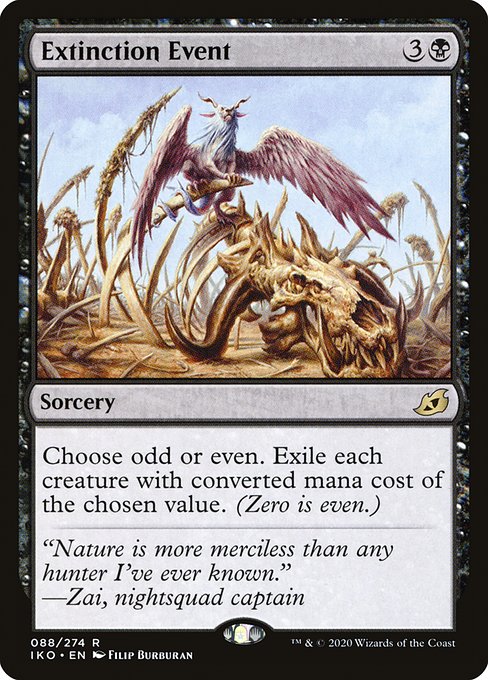
Extinction Event
-

Grim Return
Gameplay Summary
The game featured four distinct decks battling for control and board presence.
Vrondis, Rage of Ancients focused on a dragon tribal theme, leveraging dragons entering the battlefield to generate gold counters and draw cards or deal damage.
This deck gradually built up its board with dragons and experience counters, steadily gaining card advantage and damage output.
Nymris, Oona's Trickster played a controlling Dimir strategy aimed at disrupting opponents and preventing them from executing their plans, using removal and interaction to stall the game.
Kelsien, the Plague piloted a Mardu removal tribal deck that emphasized constant board control through removal spells and sacrifice synergies, aiming to whittle down opponents with efficient answers and incremental damage.
Extus, Oriq Overlord focused on repeatedly sacrificing creatures to awaken the powerful Blood Avatar, relying on sacrifice and recursion to generate a formidable threat on the battlefield. Throughout the game, key turning points included Vrondis’s efficient dragon synergy that dealt incremental damage and drew cards, allowing for steady resource gain.
Extus’s sacrifice loops kept bringing back the Blood Avatar, applying pressure to opponents but also requiring careful management of resources.
Nymris continuously disrupted these synergies with well-timed removal and counter plays, while Kelsien leveraged removal spells to keep the board clear and punish opponents with damage and sacrifice effects.
The game featured multiple moments of interaction around sacrifice triggers and dragon abilities, with players attempting to maintain a balance between aggression and disruption.
The game’s win conditions revolved around overwhelming board presence through dragons or the Blood Avatar, or controlling the game through disruption and removal until a decisive strike could be made.





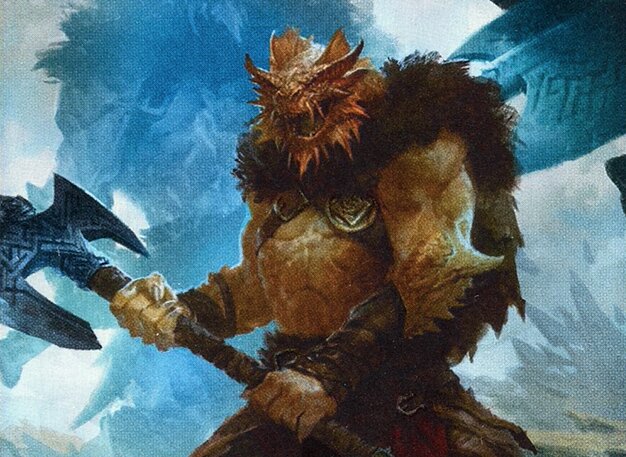















![Strixhaven $100 Budget Game!! Killian vs Extus vs Codie vs Rootha [EDH/Commander, MTG Gameplay] 2021 thumbnail](https://i.ytimg.com/vi/Sa5f7O-_nZU/sddefault.jpg)
![Toski vs Extus vs Yawgmoth vs Yuriko $100 Budget Game!! [EDH/Commander, MTG Gameplay] 2021 thumbnail](https://i.ytimg.com/vi/oFcIUZtuNc0/sddefault.jpg)
![Adrix vs Prosper vs Nicol Bolas vs Extus [EDH/Commander, Magic The Gathering Gameplay] thumbnail](https://i.ytimg.com/vi/8i3jxeUTpt4/sddefault.jpg)
![Liesa vs Queza vs Lord Xander vs Awaken the Blood Avatar [EDH/Commander, MTG Gameplay 2022] thumbnail](https://i.ytimg.com/vi/o6Ab9JyEkMw/sddefault.jpg)














![Herumkommandiert #03 | Commander EDH Gameplay [Deutsch] thumbnail](https://i.ytimg.com/vi/rQHOj8aFjf0/sddefault.jpg)















![Ardenn & Esior vs. Nymris Control [Duel Commander-EDH] - Magic: The Gathering thumbnail](https://i.ytimg.com/vi/sFXpyXFChnc/sddefault.jpg)
